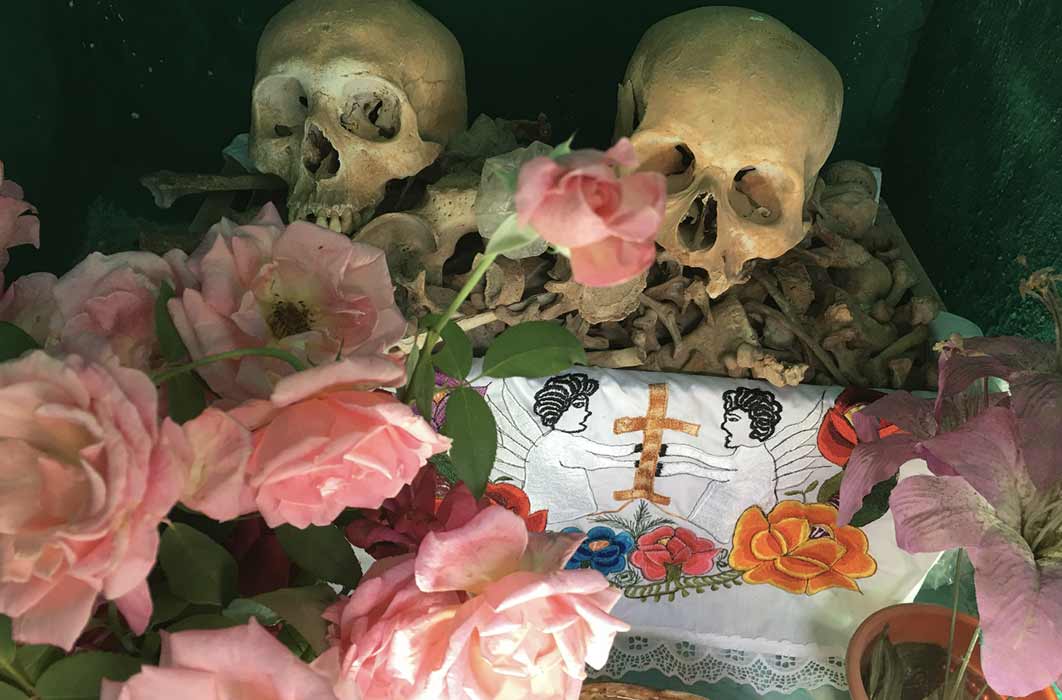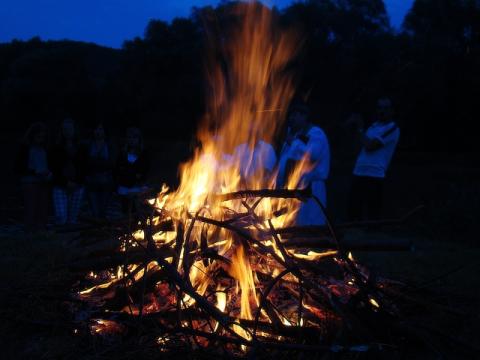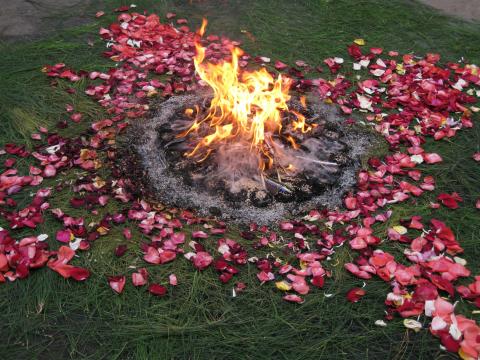
Maya Shaman's Light and Darkness Worlds
The word shaman for most people, carries an aura of mystery and perplexity. Yet, it is a spiritual practice that began with early human societies. For people unfamiliar with at times perplexing practices, shamanism is often veiled in an obscure and foreign domain. Contemporary respected priest-shamans Tat Rigoberto, Tat Antolin and Tat Nicolasa, from Momostenango in the highlands of Guatemala, explore the ancient origins of this domain and lift its veil of mystery. The qualifier Tat is affectionately granted to highly respected lifetime priest-shamans in Maya-K’iche’ and Tzutu’jil communities, the bearers of rituals that may affect their people’s well-being and economic security.
The study of ancient religious practices reveals common attributes in terms of beliefs and other fundamentals. Most rituals, ancient and historic, affirm the mythical existence of another “side” of life at the end of our days, as mythical as that “other side” may be. The fundamentals of shamanism rest on the nature-culture dichotomy, a duality correlated with the “field of opposites” in literature. Shamanic rituals are found in traditional communities throughout the world, but we will focus here on those of the Mayas in Guatemala’s highlands.
Ring Of Fire
Let us first briefly look back in time when humankind, over 100,000 years before present (BP), had to compete for survival with the claws, teeth, speed and power of the animal world. Humans' defenses were restricted to a powerful brain and the nascent kinship of peers. For the sake of survival, cooperation was crucial, especially for the protection of mothers and infants for, during the last months of pregnancy and after delivery, females could not fend for themselves. Millions of generations ago, the ring of fire was the first awakening of hunter-gatherers to a world beyond their awareness. In the dark of night, the fire lit a circle beyond which everything was threatening.

The Ring Of Fire (Wikipedia.org CC BY-SA 3.0 PD)
Overcoming the fear of a different world, paid for dearly through trial and error, was the task of select people that mastered the nature-culture duality. The awakening to a spiritual world was grounded in the unshakable conviction that a group’s spatial location is what stood it apart and affirmed its uniqueness to the exclusion of others. At first, the binary spiritual world was identified through daily repetition of natural events such as day-night. Over untold generations, humans slowly came to recognize that their lives reflected that of the natural world of death and rebirths in its endless repetition, but humans realized that they possessed something different from the animal world.
This still hidden world, alien to sensory perception, was the realization of a binary world, that of the animals in nature, and the human world of culture. The gateway between the light of day or upper world and the darkness of the night or lower world, was gradually and at a painstakely slow pace, identifed as two distinct worlds. Individuals that mastered this awakening to the duality of the worlds of nature and culture shall later be called ‘shaman’. Over the years, learning, mastery of a mythic world and esoteric exercises were trusted to those individuals to dominate the field of opposites, for their ability to associate with these two worlds. Through time, this perception took hold and became integral to the belief of traditional cultures up to modern times. Inherited from a long lost past, it is perceived that all life forms, including the vegetal and mineral worlds, are indivisible from the natural universe, the Maya-Tz’utujil call rawajal or the “heart of things.”

The Rawahal (Image: Courtesy George Fery ©georgefery.com)
Neanderthals were already aware of an afterlife, as revealed by the remains of rituals found in their burials dating to 35,000 years ago at the Shanidar cave in the Zagros mountains of Iraq. In the cave is a necropolis with more than 35 burials, including that of a baby. Some remains were found lying in a flexed position on a bed of shaped stone points, encased in coffin-like stones with stone slab covers. In Shanidar IV, the deceased was provided with bunches of seven types of flowers, identified by their pollens, placed in tightly packed clusters at the head and feet of the individual. The pollens were later identified by palynologists from several medicinal flowers, still used today by rural Iraqi farmers, as remedies for minor ailments. What Shanidar IV irrefutably shows, is that Neanderthals preceded modern humans in beliefs and rituals that transcends earthly existence. Faith was already there.




